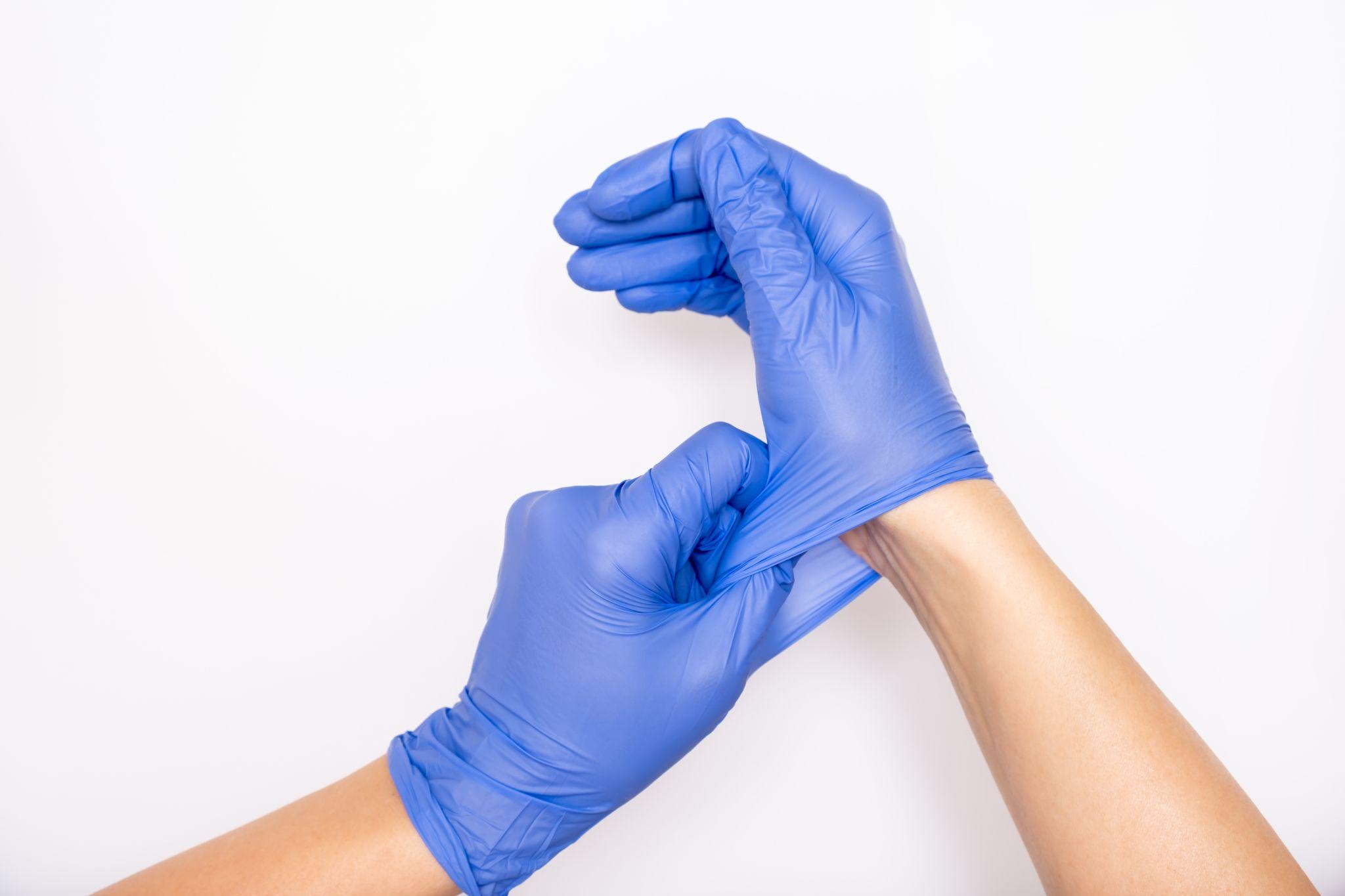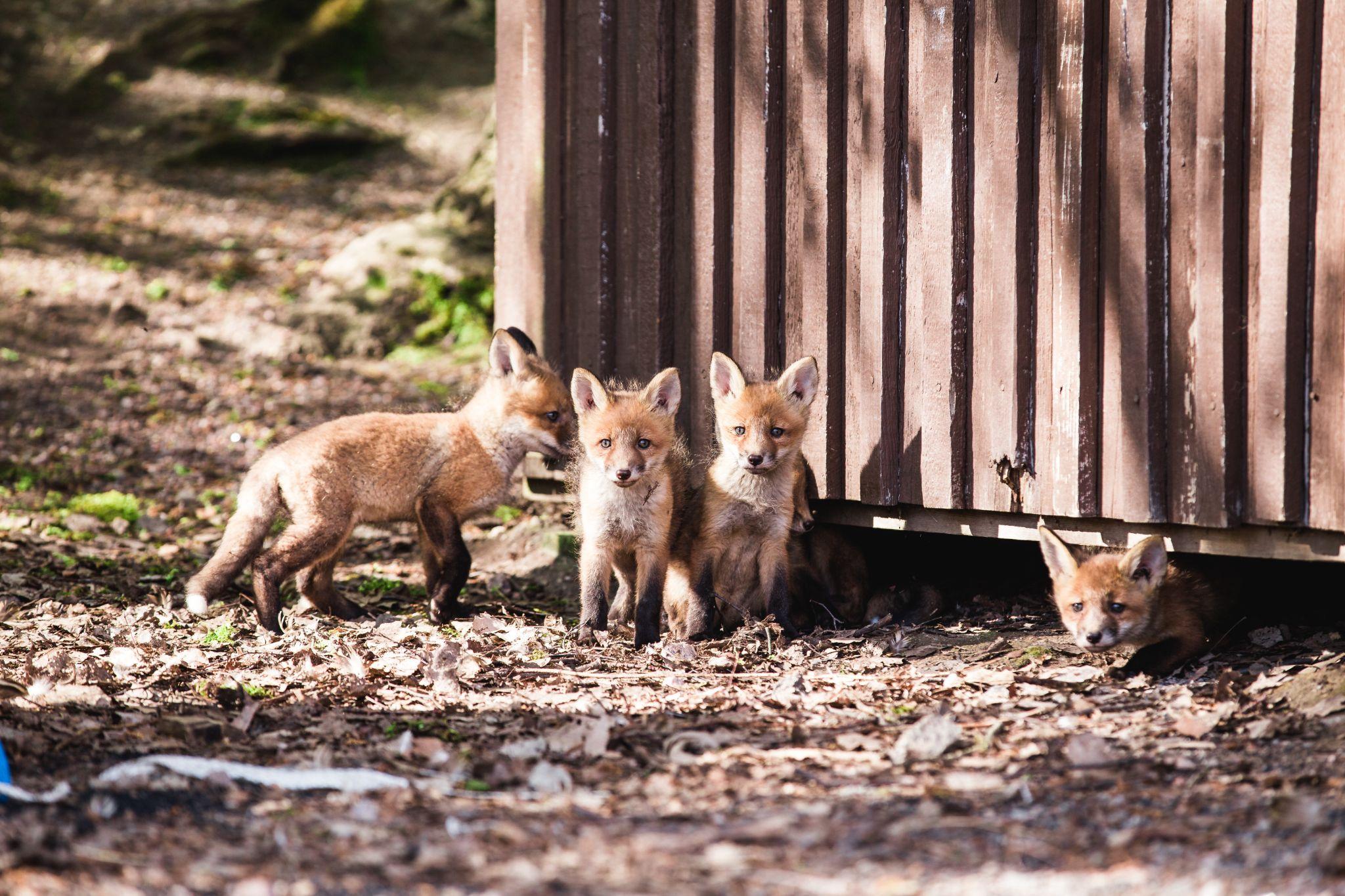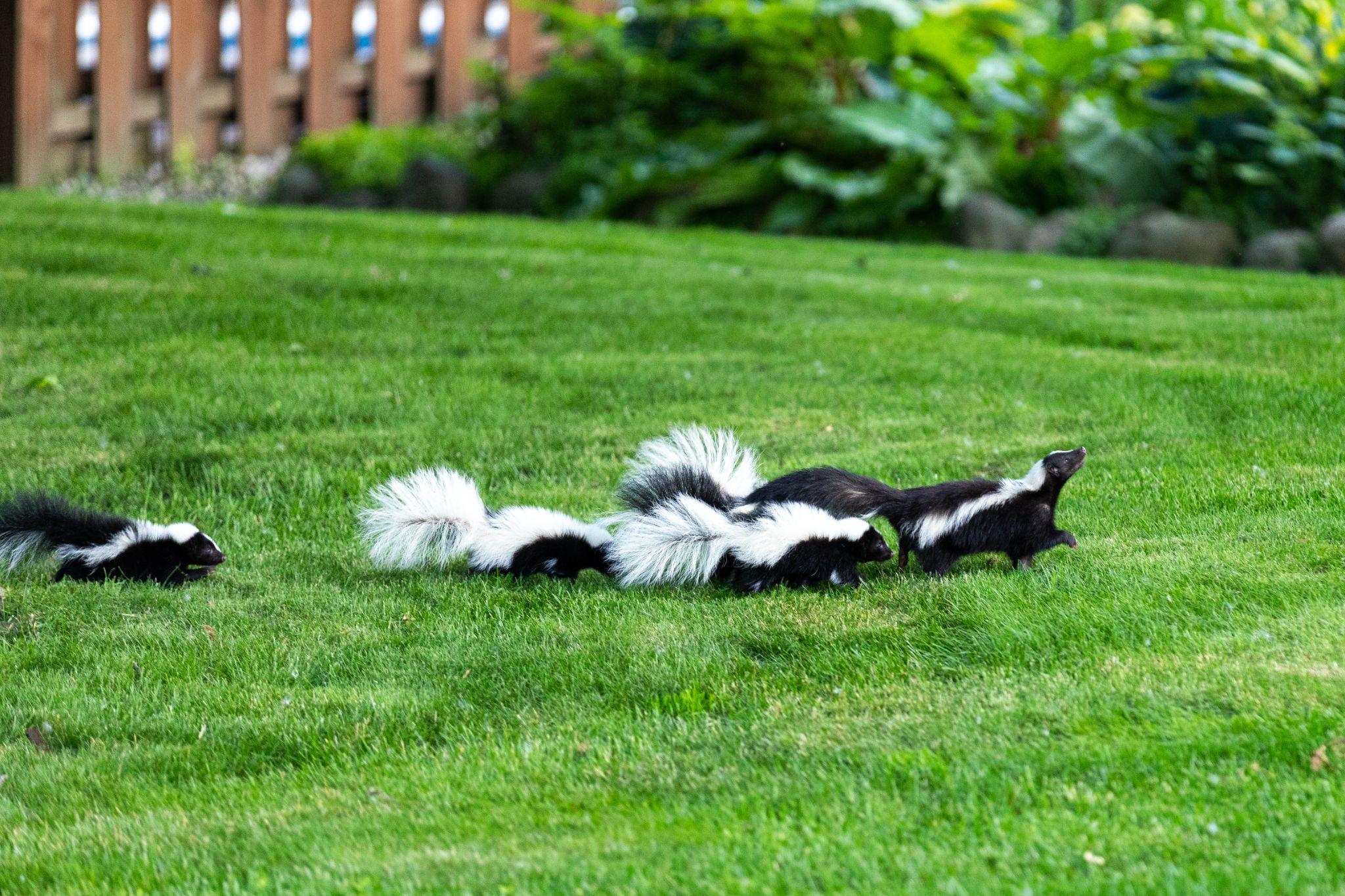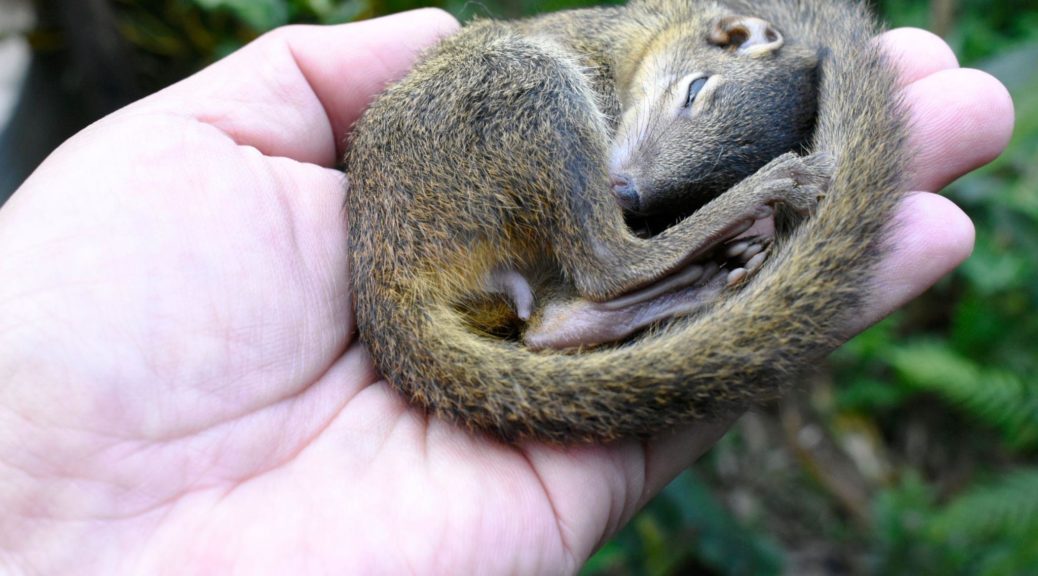When we see an animal that appears to be in trouble, our first thought is usually, “What can I do to help them?” While your intentions are good, it’s important to know the right steps to take to avoid causing further harm. These best practices will help you to help orphaned or injured wildlife.
Should You Touch It?
Certain animals should never be handled by humans, whether because it’s dangerous to do so or it will cause the young to be abandoned. Keep a safe distance and call a local wildlife rehab or professional wildlife removal company instead of handling these animals yourself:
- Badger
- Bird of prey
- Deer
- Fox
- Goose
- Gull
- Heron
- Otter
- Seal
- Snake
- Swan
- Wild boar
How to Know That an Animal Needs Help
All of the following signs indicate that an animal needs your help:
Bleeding
If you notice that an animal is bleeding, it’s a good idea to get them help. Whether they were injured from a human structure like a fence or were the victim of a predator, their wounds will need immediate tending to prevent infection.
One or More Broken Limbs
Animals with a broken wing, tail, or leg will be experiencing a lot of pain and high stress, which can kill some animals if they’re not tended to as soon as possible. Broken bones also render an animal helpless in the wild, unable to find food or deter predators.
Vocalizing
Whining, crying, and other vocalizations indicate pain and distress. All of these are definite signs that an animal is in trouble and requires medical assistance.
Shivering
Shivering can indicate nervousness, stress, and hypothermia. Because all of these scenarios can result in an animal’s death, it’s important to call for help as quickly as possible.
A Cat or Dog Brings Them to You
If a wild animal was brought to you by a feline or canine friend, you’ll definitely want to lend a helping hand. The animal may have sustained multiple injuries via puncture wounds, which can quickly become infected.
You Notice a Dead Parent or Other Dead Animals
If the situation you’re assessing involves a number of dead animals located near to the distressed live animal you’ve found, getting them to a safe place is a good idea.
Regardless of the signs an animal is exhibiting, your first step should always be calling your local vet, wildlife rehabilitator, or wildlife removal company.
Tips and Precautions for General Capture and Transport

The first thing to do after noticing an animal is in trouble and calling professionals is to ensure they are as comfortable as possible while you either wait for help or transport them. You can do this in the following ways.
Protect both of you – Protect your hands with thick gloves, and then cover the animal with a pillowcase, towel, or blanket.
Place them in a container – Whatever the animal’s size, the container should be safe and appropriate for them. Larger animals will require a plastic or cardboard container with a lid that contains enough holes for breathing. Gently gather and place the animal inside before quietly and quickly securing the lid.
Keep the environment quiet – If the animal is staying in your home, choose a location that’s quiet, dark, and warm. Avoid heat, air conditioning, or direct sunlight until the animal can be transported. If they’re in your vehicle, give them a better chance of survival by not talking and turning off the radio during transport.
Don’t feed or hydrate – Never feed or give water to an injured animal before they have been assessed by a professional. Trying to force-feed an animal in distress can kill them. Giving them the wrong food can cause them to have problems with breathing and digestion, as well as cause complications like pneumonia if food or water is accidentally inhaled.
How to Help Specific Baby Animals
Observation can be your best tool when determining whether young wildlife are orphaned or in distress.
Birds
Depending on the season, baby birds will be found on the ground when they’re learning to fly. If you don’t see a parent around it, you can gently return the bird to its nest.
Deer
Just because a baby deer is alone, it doesn’t mean they’re in trouble. Does place their fawns in safe locations while they feed. Don’t handle this animal unless it appears sick or injured.
Foxes

It’s normal for baby foxes, called kits, to run around and engage in play when the parents are gone for long periods of time. Unless the kits appear injured, they are best left alone.
Opossums
Sometimes baby opossums become detached from the back of their mother. If they are seven or more inches long, they are old enough to be on their own, but if they are between three and four inches long, it’s likely they need help.
Rabbits
Injured baby rabbits in their nests should be left alone. If they’re four or more inches long and their eyes are open, they’re old enough to fend for themselves. If you see an injured baby rabbit and haven’t observed any other rabbits coming to its aid, collect and place it in a container before calling a wildlife professional.
Raccoons
A baby raccoon left by itself is an orphan, because a raccoon mother will not leave her young unless she is foraging. If possible, remain to observe and protect the baby until the evening hours, as this is when a raccoon mother will look for their lost young. If the baby is exhibiting signs of distress or injury, call a professional.
Skunks

Baby skunks can become separated from their mother. Although many times the mother will reunite with their babies, the fact that these animals have poor eyesight can mean that babies lose track and become separated easily.
If you don’t observe the mother returning and the babies are running around, place a lattice-sided laundry basket over them. Should the mother return, she will be able to lift the basket up and collect her babies. You can help her, but move very slowly and speak very softly so as not to cause her to spray. If she is stamping her front feet, this is a warning to stay away.
If the mother doesn’t return for some time, you’ll have to call a professional removal or rehabilitation service.
Did You Find a Wild Animal?
If you’ve come upon an adult or baby animal that needs your help, the best way to give that animal a chance at survival is to call a professional. Animal Capture Wildlife Control possesses over 20 years of experience in the safe and humane removal of most wildlife. If you’ve found orphaned, sick, or injured wildlife, please contact us immediately at (310) 551-0901.
